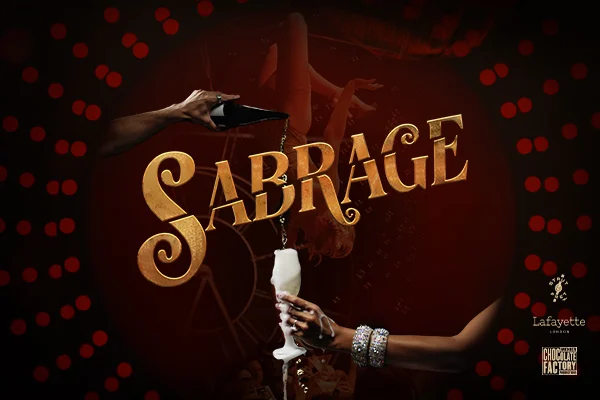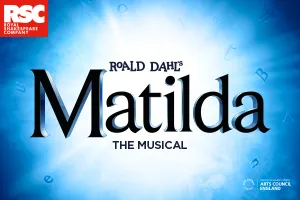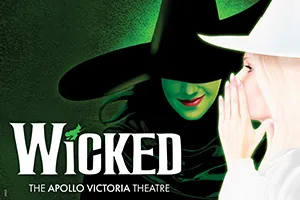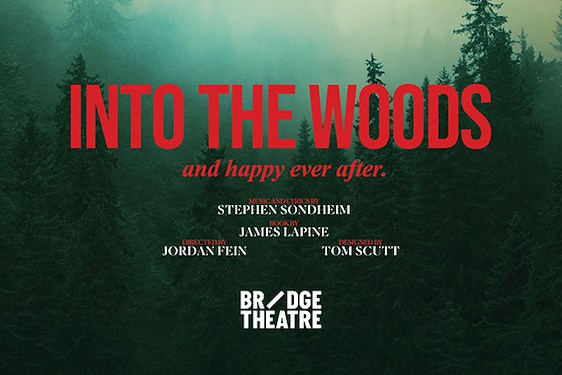The game is afoot, this time it’s not murder that Holmes is solving but a case of deceit perpetrated against his own creator - Arthur Conan Doyle. Coed Celyn Productions presents this novel Holmes mystery. The conceit is a strong one as it tackles the case of the Cottingley Fairies. This infamous incident tarnished Conan Doyle’s reputation as he vouched for the credibility of fake photographs of fairies in an article in the widely circulated Strand magazine. In this production, word of the incident spreads to an ageing Sherlock Holmes who takes it upon himself to mobilise his powers of deduction to prove how and why these images were faked. Holmes drags Watson along on this mystery to clear his name and discredit Conan Doyle.
Sherlock Holmes takes on his greatest ever nemesis - his own creator
The production starts promisingly with an affable John Watson (played with a gentle charm by Kenneth McConnell) informing the audience of how it has come to pass that in their more senior years, Holmes (Harry Meacher) and Watson are living again at 221B Baker Street. Watson has been widowed and Holmes has escaped being sent into a retirement home. Through a chance encounter with a former Baker Street irregular Conan Doyle’s Strand article falls into the hands of our iconic duo. How exactly Sherlock Holmes exists as a fully fledged person within the same world as his own creator is left completely unexplained to the detriment of the piece. It is not a fragmentation of Conan Doyle’s own psyche as Holmes is our protagonist and it is not the case that Holmes has managed to deduce his way into reality. As a result, the worlds of Sherlock and Conan Doyle merge in a frankly confused way, where no one questions the existence of Sherlock Holmes despite the existence of Conan Doyle’s many books in the same universe. Indeed, Holmes has decided that Conan Doyle is his enemy after he tried to kill him off at Reichenbach (presumably neglecting the fact that it was Conan Doyle who resurrected him).
The density of the text proves to be a stumbling block for both audience and performer with Meacher seemingly reading vast swathes of text from a notebook that he carries on his person in many of the expository scenes. A decidedly un-Sherlock like characteristic. Certain dramatic devices such as Watson’s narration are used inconsistently. The mystery proves to be rather repetitive, especially as the audience and the characters are already in agreement that the images are fake. The investigation through various locales (effectively projected onto the back screen) unearth little new material and Holmes’s ultimate unravelling of the case is overlong and lacks energy.
Sherlock Holmes & The Man Who Believes in Fairies was a neat idea in concept, but overly dense writing and uneven performances ensure that the game never really takes off.


















